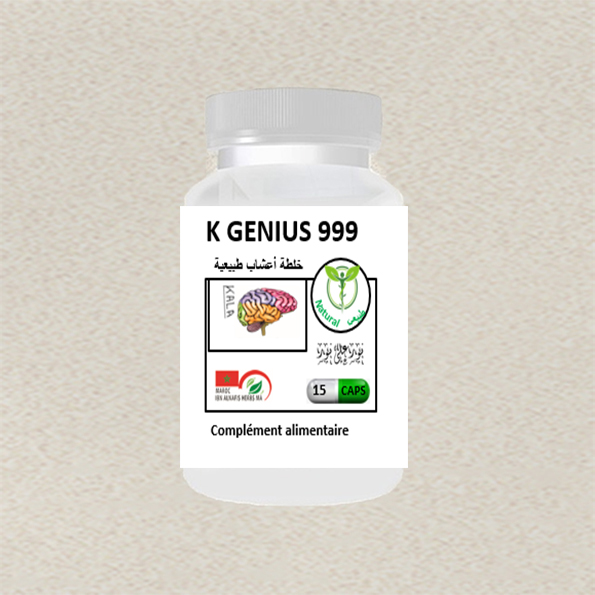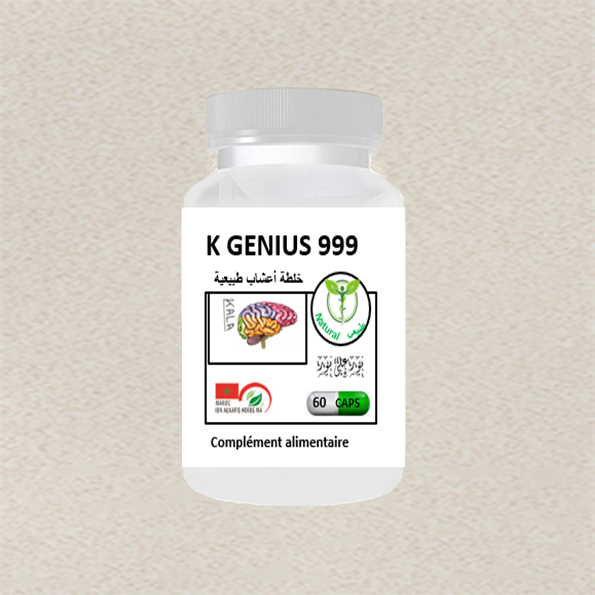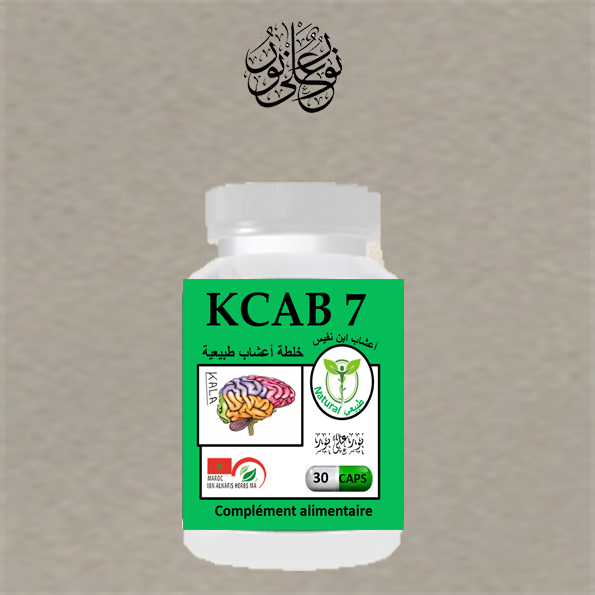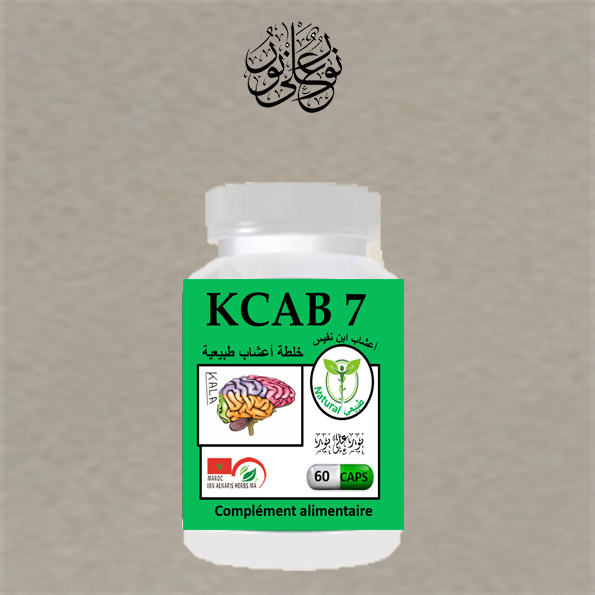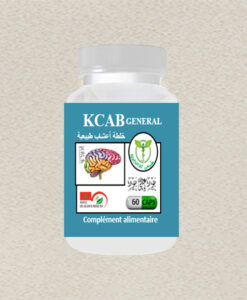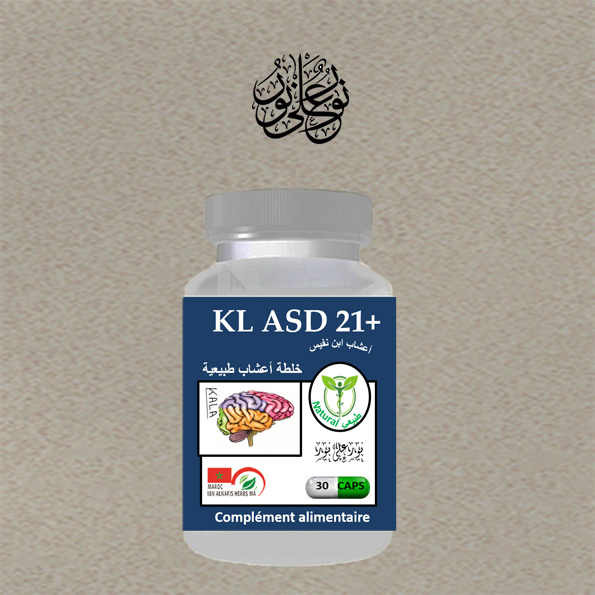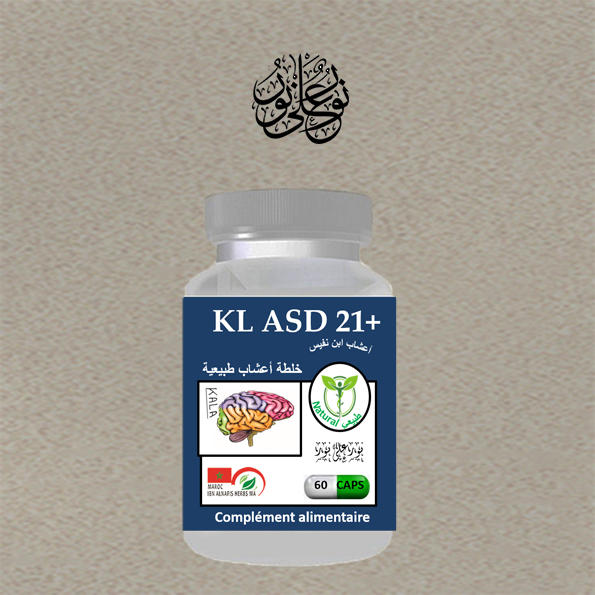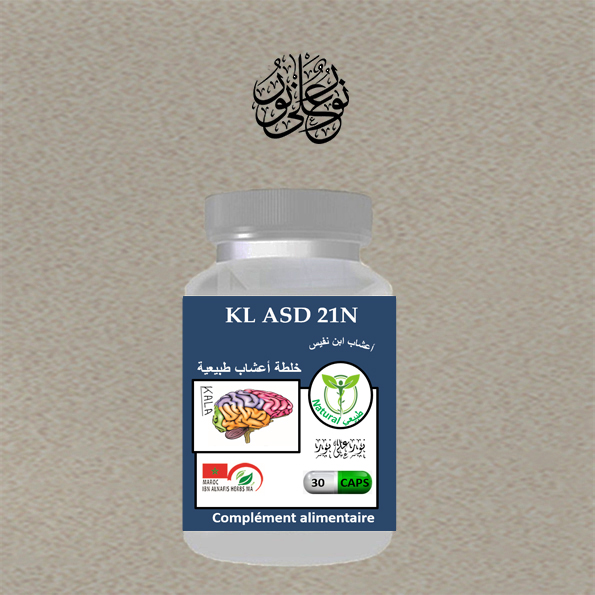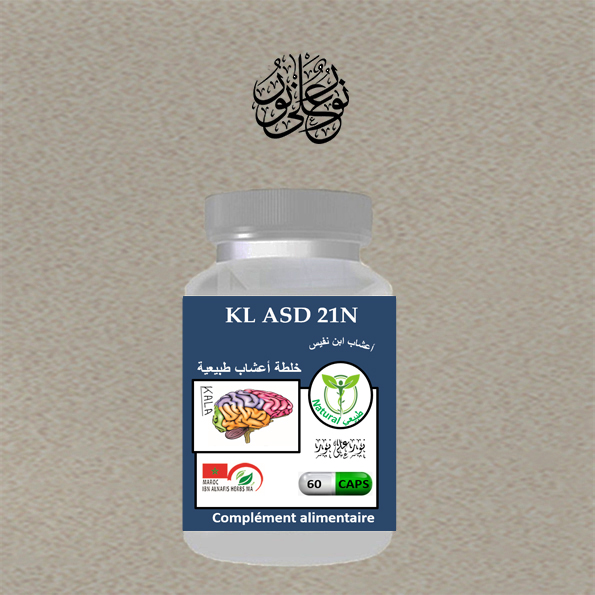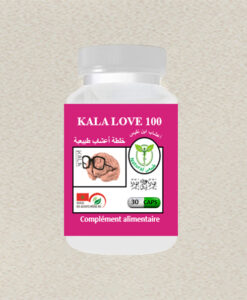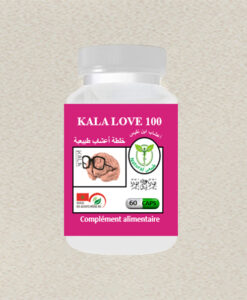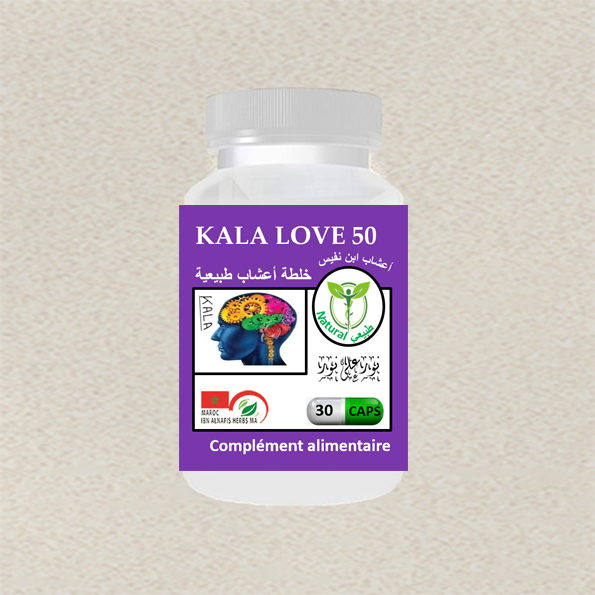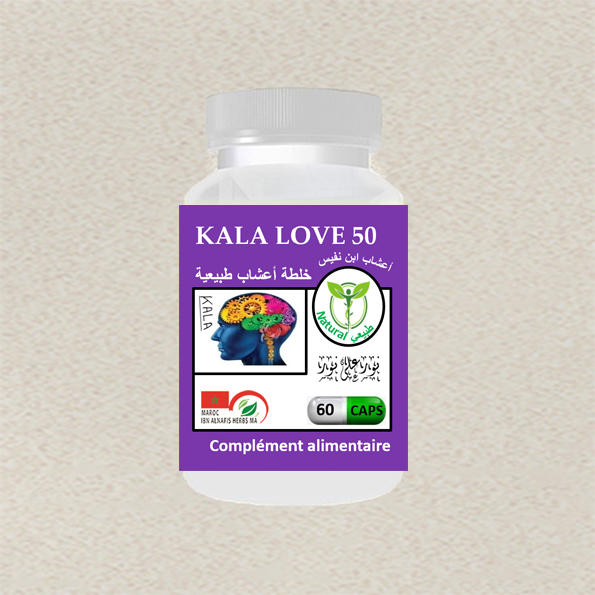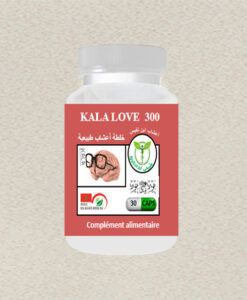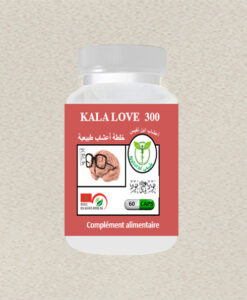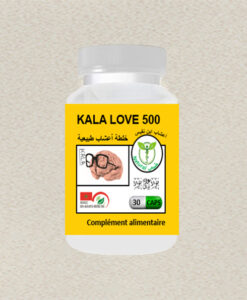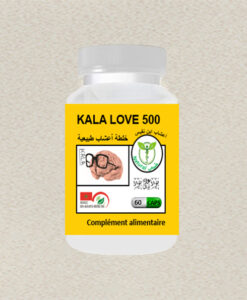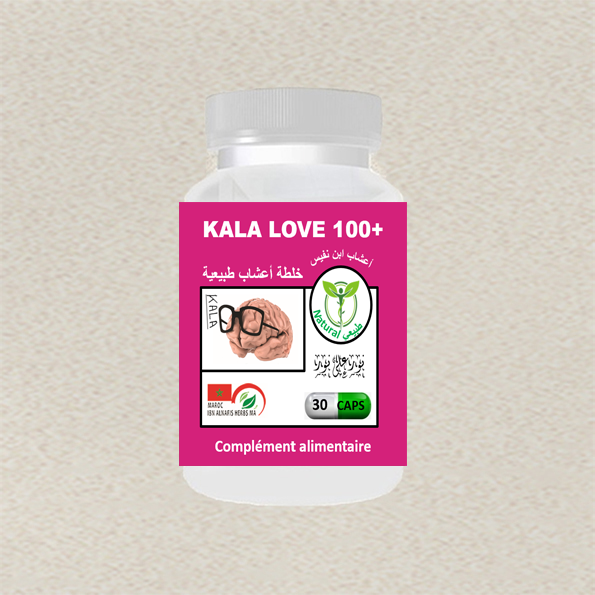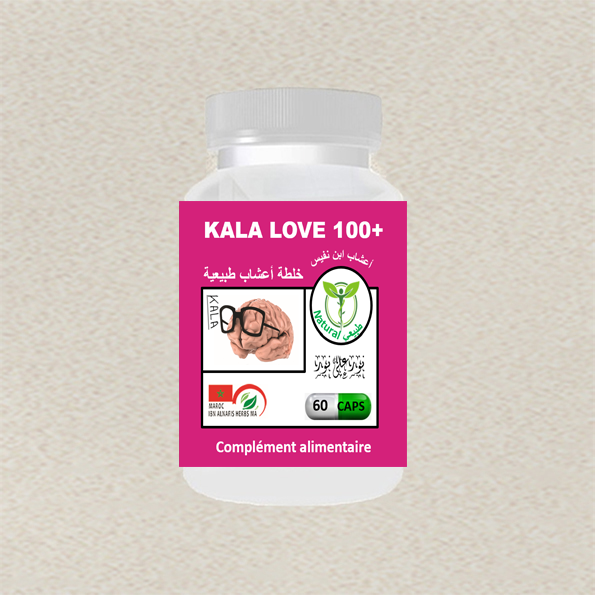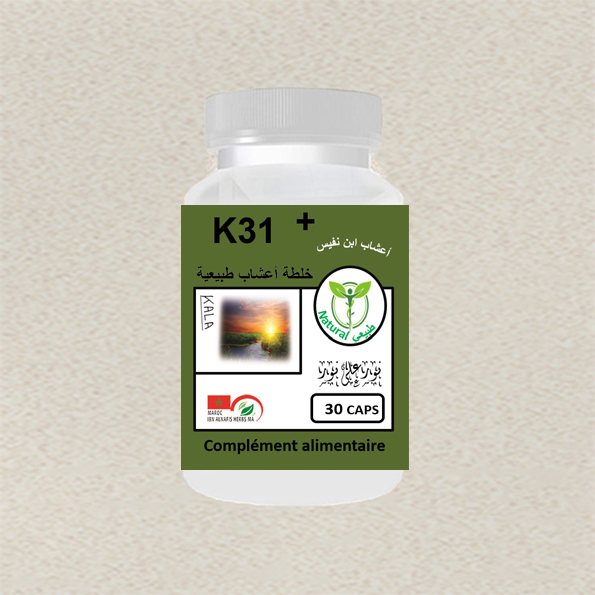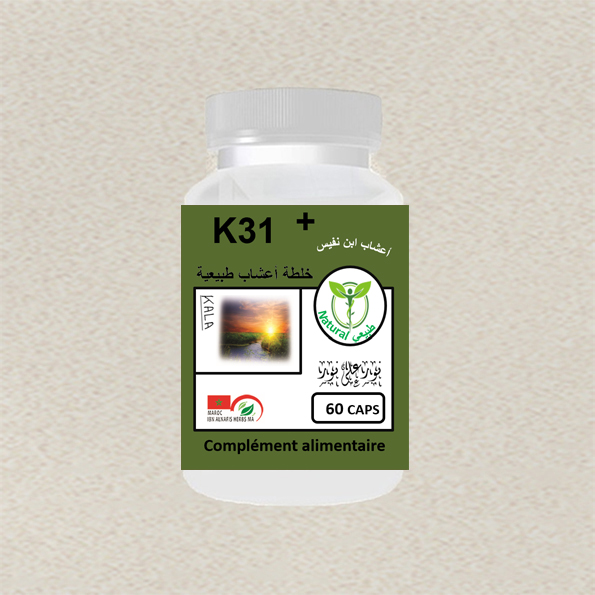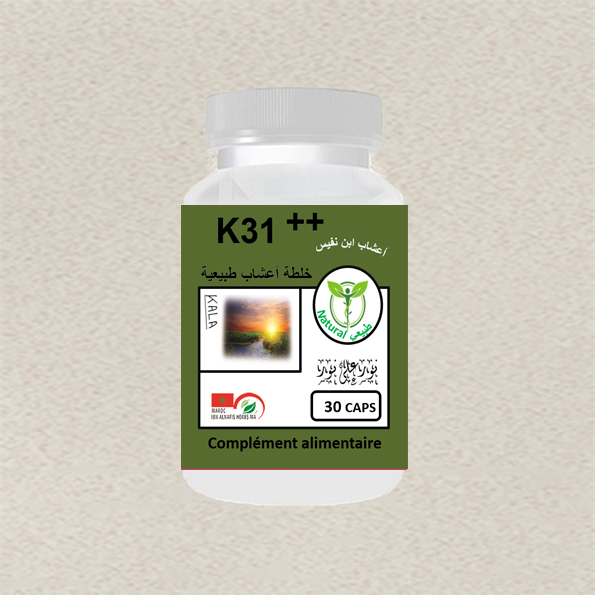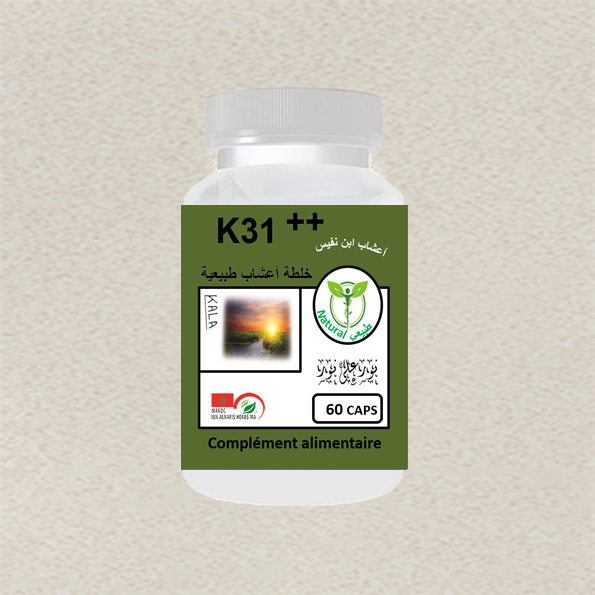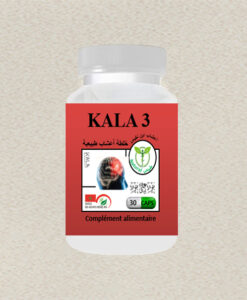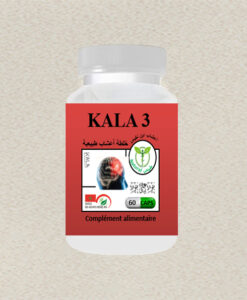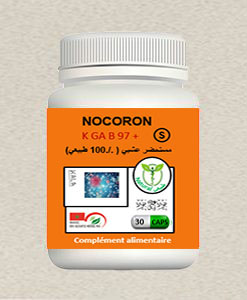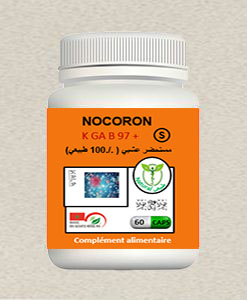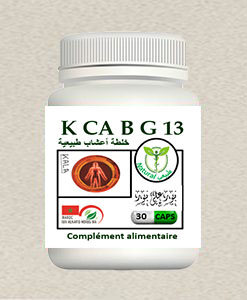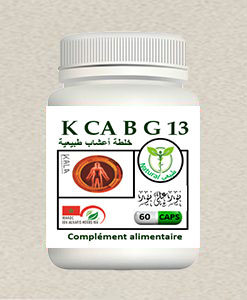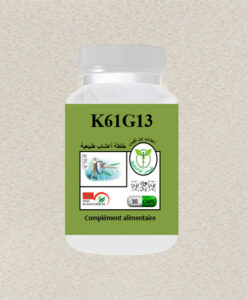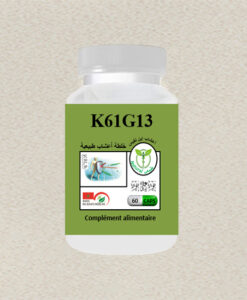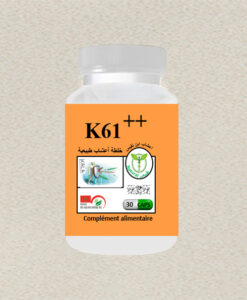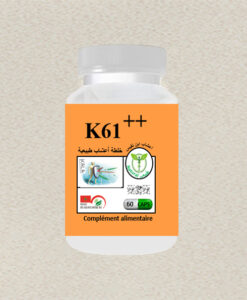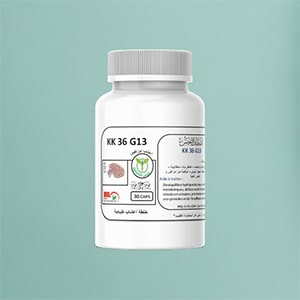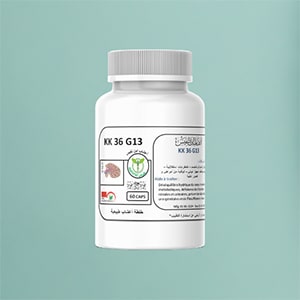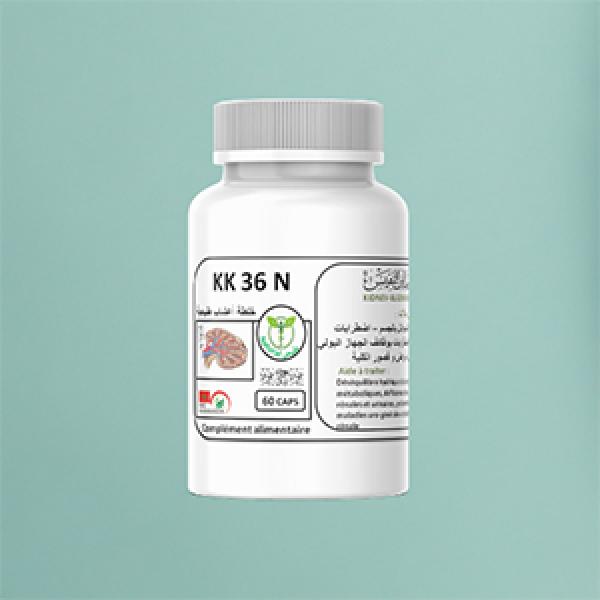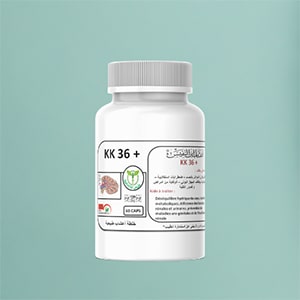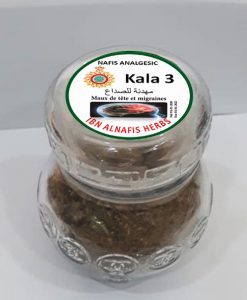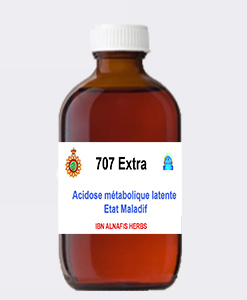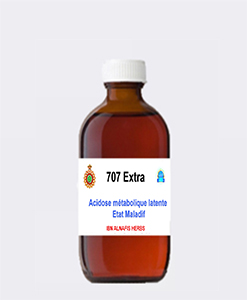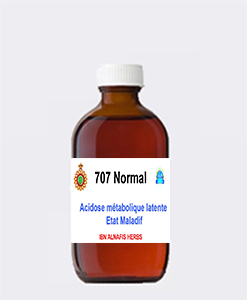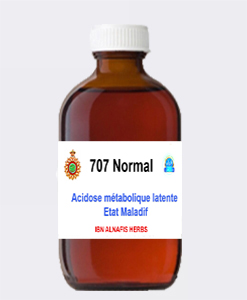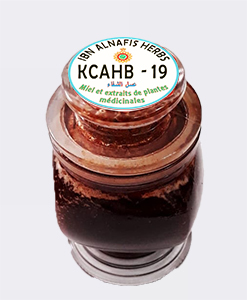Neurodegenerative diseases
ALZHEIMER :
Alzheimer’s disease is a progressive and irreversible degradation of neurons in the human brain. The damage manifests itself in short-term memory and then progresses to the appearance of cognitive disorders: Aggression, irritability, loss of language and executive functions. If the destruction continues, there will be loss of autonomous functions and then death often caused by pneumonia.
The cause of the disease is genetic in 5% of cases, by the presence of autosomal dominant genetic forms and in 95% of cases, it is multifactorial (age, environment, mood or sleep disorders, chronic inflammation, head trauma, cardiovascular risks, etc.).
The disease appears following 2 types of lesions in the brain:
– Deposition of amyloid plaques in the form of aggregates of Beta amyloid peptides and between neurons, following an antimicrobial action by an innate immune mechanism. It is performed 15 years before the onset of symptoms.
-Neurofibrillary degeneration by accumulation of abnormal Tau proteins inside neurons; it appears 10 years before the onset of the disease.
There is a decrease in blood supply, insulin resistance and energy decline by alteration of mitochondrial functions.
The damage affects the hippocampus responsible for memorization then extends to the limbic system which enters into the process of emotion, memories, behaviors, appetite and sleep, then the parietal cortex which allows the mastery of space and the control of gestures, the temporal cortex which induces language and memory and the frontal for reasoning, planning and adaptation to different situations.
Chemical treatment is not able to cure the disease or completely stop its progression. It alleviates symptoms and improves cognitive functioning to some extent, such as cholinesterase inhibitors or N-methyl-D-aspartate receptor agonists that replace toxic glutamate, in large quantities, in the environment of neurons.
Current research aims to destroy Beta amyloid plaques by antibodies or by replacing neurons by transplantation.
PARKINSON :
Parkinson’s disease is a chronic degenerative neurological disease affecting the central nervous system, there is a loss of neurons of the Niger locus following their intoxication. There is hyper activation of a protein that suppresses the enzyme responsible for DNA repair (affected by oxidative stress), inter-neural mitochondrial dysfunction, mutations of several genes (21 genetic variants have been identified), spread of the alpha-synuclein protein that becomes insoluble and forms pathogenic clusters (Lewy bodies) in the substantia nigra of the brain, striatum, thalamus and subthalamic nucleus.
A dopamine deficiency in the midbrain area affects the sensations of pleasure and desire. Brain alterations extend to serotonergic, cholinergic, glutaminergic and adrenergic neurotransmitters.
The disease is idiopathic with interaction between a genetic predisposition and exposure to or ingestion of environmental toxins (heavy metals, pesticides, harmful substances, certain medications).
Intestinal inflammation can be responsible for the disease in the same way as Helicobacter pylori infection, fibers lodged in the intestine have been found in the patient’s brain in the form of agglutins that damage neurons.
Patients remain asymptomatic (without signs of akinesia, hypotonia or tremors) until 50 to 70% of dopamine neurons are destroyed. There is a slow and progressive death of neurons. The gestures of patients are rigid, jerky and uncontrollable. …..
Chemical treatment of the disease aims to restore a normal concentration of dopamine in the brain by administering either:
– Dopamine precursors.
– Dopamine agonists.
– Substances that block the degradation of dopamine or its precursor. Administration is carried out orally or by intestinal gel through a pump connected to the small intestine.
There are many side effects: dyskinesia, nausea, vomiting, dizziness, hallucinations, drowsiness and more rarely episodes of delirium, heart valve damage, fibrosis, diarrhea, urinary retention or acute glaucoma.
Research is promising and concerns immunotherapy:
– Passive by administration of artificial antibodies to eliminate alpha-synuclein.
– Active by injection of a peptide similar to alpha synuclein so that the body fights against the anomalies and eliminates them.
Please contact us for any information, explanation or advice about our products.
Get information and consultation
GG


